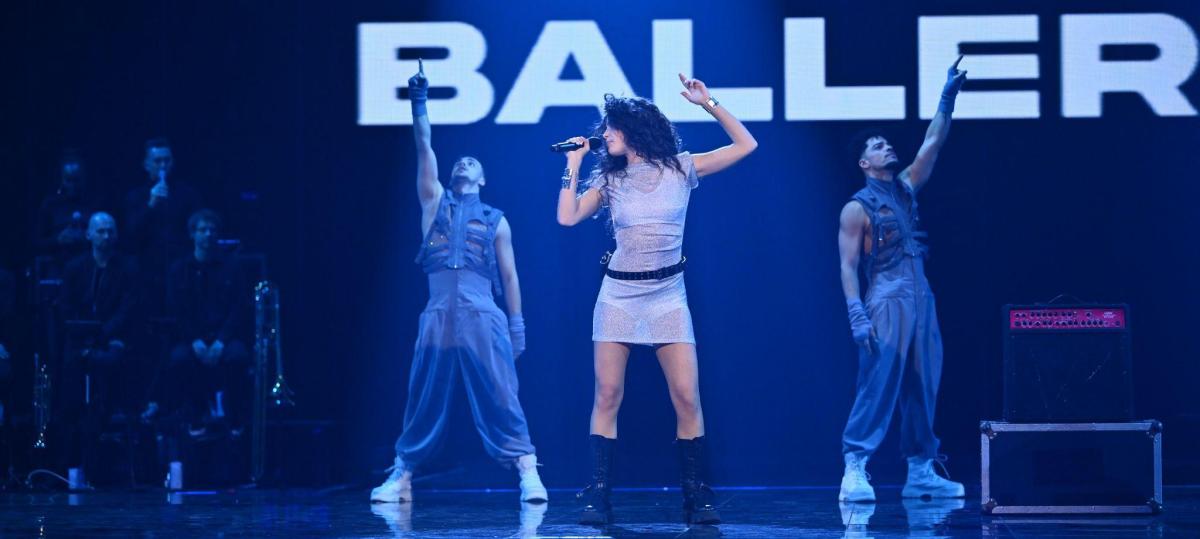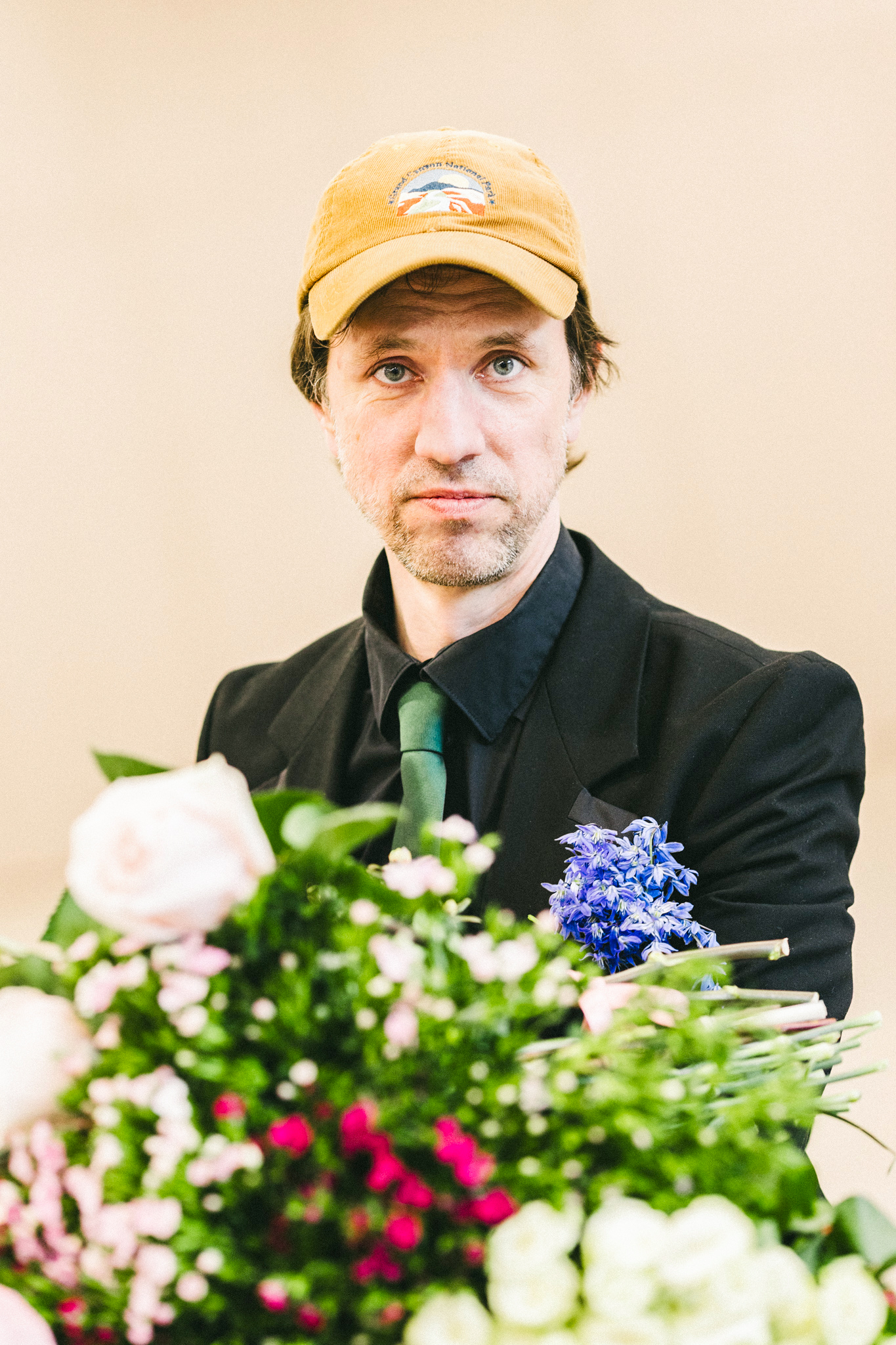Deadly beauty of nudibranche, this marine mollusc in deceptive colors – Liberation

About ten meters under the waves, the visibility is almost naked; I start to regret this morning dive. Once again, the Mistral Rabat The Panache from the Rhône to the Languedoc coast, and the coastal waters are Maronnasses. I groan internally, one eye on my compass, the other on my diving comrade who palm in the elbow. Suddenly, she appears and I think I see a fire. The Godive Orange is a superpredator, an aquatic lioness 5 cm long. Just under my nose, it devours a colony of hydra and darts orange growths with a flamboyant point (1). His body is covered with white lines like an landing track at night, its horns (2) jealous of the Camargue bulls. I love nudibranchs and the Godive Orange illuminates a day that promised to be gloomy. This favoritism is completely unfair, because few naturalists are passionate about the slugs of our woods, while nudibranchs of all oceans captivate divers.
It is said that the bright colors of the Godive signal its toxicity to the predators, because this nudibranche accumulates the toxins of the hydra it grazes. I perceive it orange, white and red and indeed have no intention to bite it, but the fish and crustaceans which could feed on it do not have the same vision as me. Are the nudibranchs also shared, in the eyes of their predators?
Cedric van den Berg (Universities of Queensland and Bristol) and his colleagues from six international research institutes, studied the question among nudibranchs on the east coast of Australia (3). The team photographed 346 nudibranchs of 45 species under the same lighting. Thirty-two species were active during the day, thirteen at night. Scientists used the shots to reconstruct the color and shape characteristics of nudibranchs, seen by one of their predators, the Picasso ballist. Indeed, as Cedric van den Berg explains to me « The spectral sensitivities of the ballists are shifted towards blue, so that their ability to perceive higher wavelengths (for example red) is not as good as ours. In addition, their detection of space details is reduced compared to that of humans, which means that a large part of the patterns of nudibranchs is only visible to them. ”
Following their measurements and calculations, scientists eager for colors have shown that the species of active nudibranchs during the day present, in the eyes of the Picasso ballist, more daring patterns than night species, with colors, luminances and more sustained protection contrasts. Diurnal species were also more elongated, with more regular stripes and patterns. The study therefore indicates that daytime species, exposed to light conditions which promote the vision of active predators during the day, alert to their toxicity. This visual defense system allows a majority of species to eat in full light, while night nudibranchs live cryptic existence.
The authors nevertheless remain cautious about the supposed link between colorful signals and toxicity, and underline that « Despite decades of research, studies aimed at determining whether the diversity of colors in Nudibranches is correlated with chemical defenses, remain incomplete ».
For Julien Renoult, specialist in colorful signals and naturalist diver at CNRS « A big question remains: while the warning signals of toxicity generally use a limited number of colors and patterns promoting recognition and memorization of danger, how to explain such a profusion of colors in nudibranchs? »
(1) The growths that give the Orange Godive Orange gaits are called ceraits.
(2) These « horns » are in fact oral palps.
(3) van den Berg, CP, et al. (in press). Diel Activity Correlates With Color Pattern Morphology of Heterobranch Sea Slugs. Journal of Animal Ecology.







